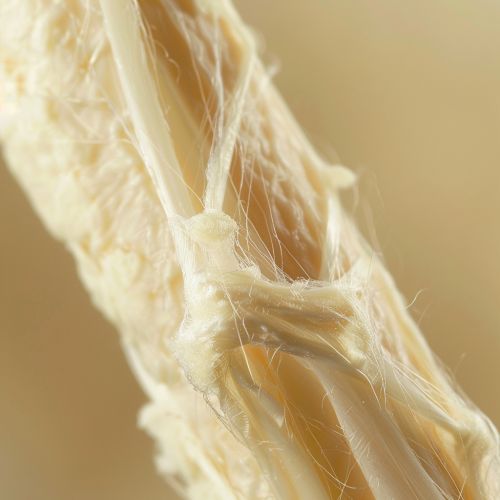Tendinitis
Definition and Overview
Tendinitis, also known as tendonitis, is an inflammation or irritation of a tendon, the thick fibrous cords that attach muscle to bone. The condition causes pain and tenderness just outside a joint. While tendinitis can occur in any of your body's tendons, it's most common around your shoulders, elbows, wrists, knees and heels.
Causes
Tendinitis is most often caused by repetitive, minor impact on the affected area, or from a sudden more serious injury. There are many activities that can cause tendinitis, including gardening, painting, cleaning, tennis, golf, skiing, and many types of repetitive work. Incorrect posture at work or home or poor conditioning before exercise can also lead to tendinitis.


Symptoms
The pain from tendinitis is typically a dull ache, especially when moving the affected limb or joint, and the area will be tender to the touch. There may also be a noticeable swelling in the area. If tendinitis is severe and leads to the rupture of a tendon, you may experience sudden, severe pain, a snapping or popping feeling, a gap in the area where the tendon is normally located, and you will be unable to move the affected area.
Diagnosis
Tendinitis is usually diagnosed during a physical exam. Your doctor may also have you move in certain ways to determine which tendon is causing you pain. A MRI or ultrasound might be used if your doctor suspects a more severe problem.
Treatment
Treatment for tendinitis includes reducing pain and inflammation, restoring mobility and preventing recurrence. This can be achieved through rest, physical therapy, medication, and in severe cases, surgery.
Prevention
Prevention strategies for tendinitis include proper conditioning, equipment and technique in sports and work activities. Regular strength and flexibility exercises can also help to prevent tendinitis.
